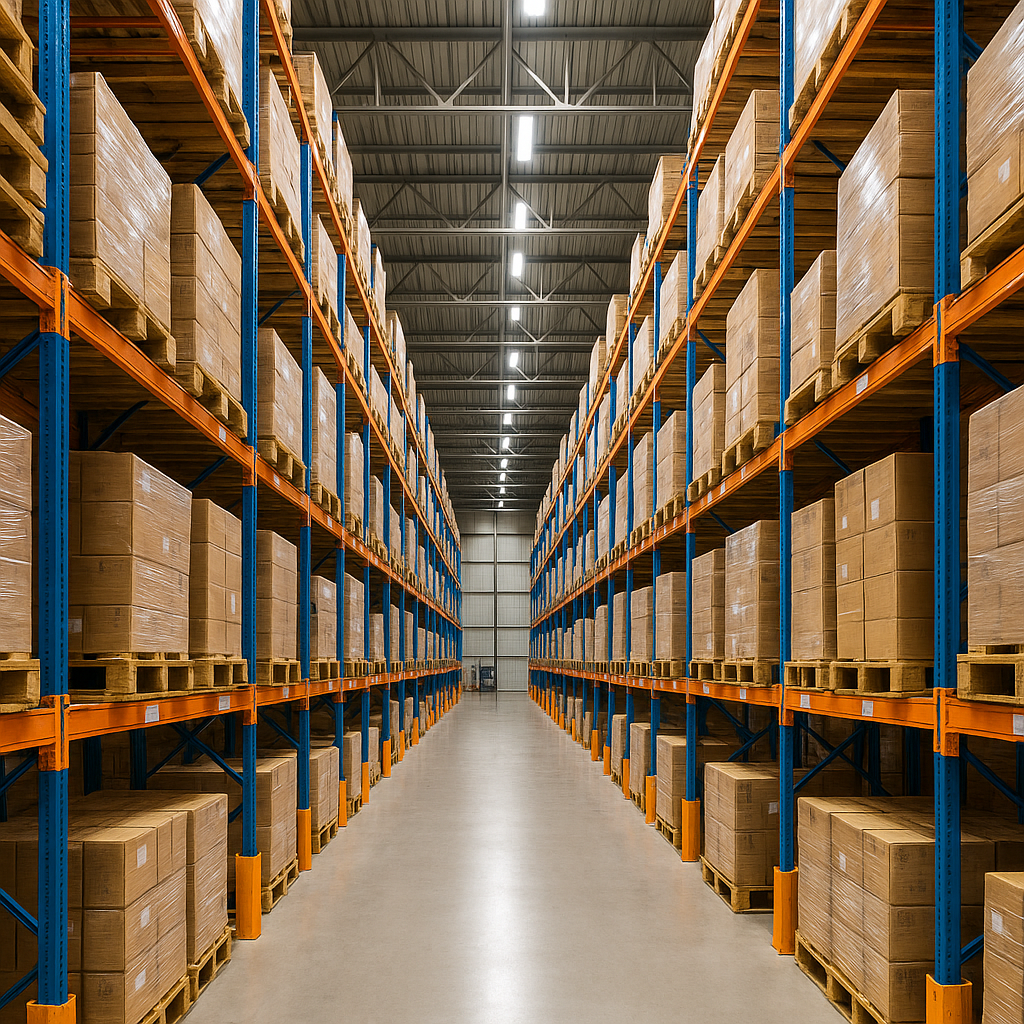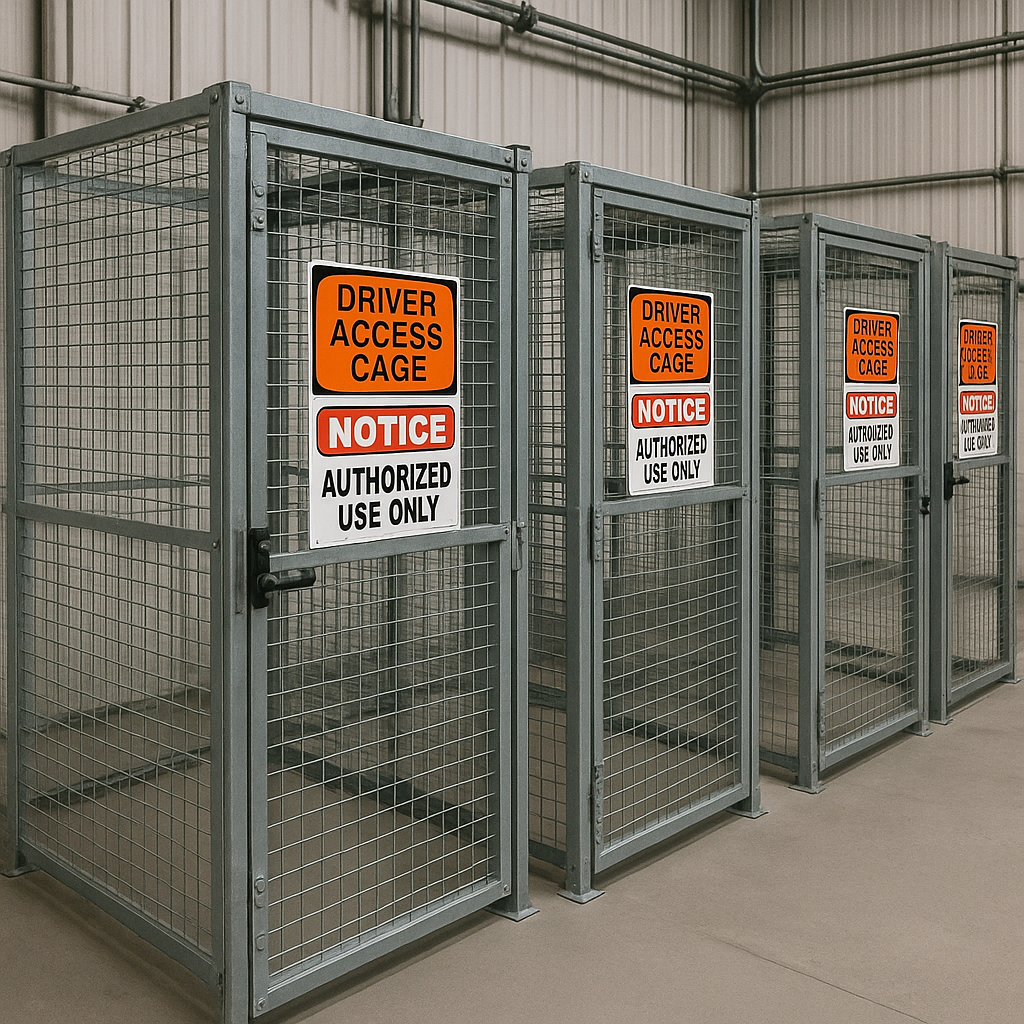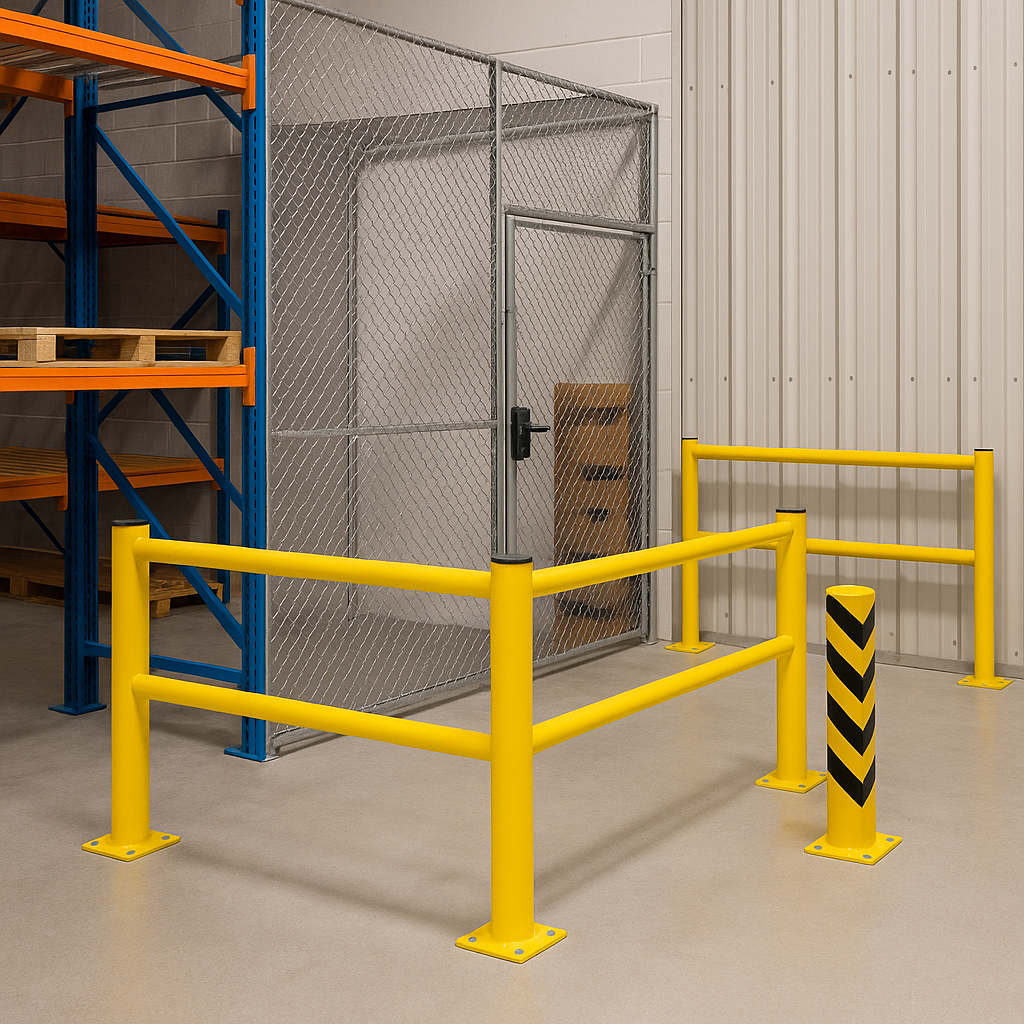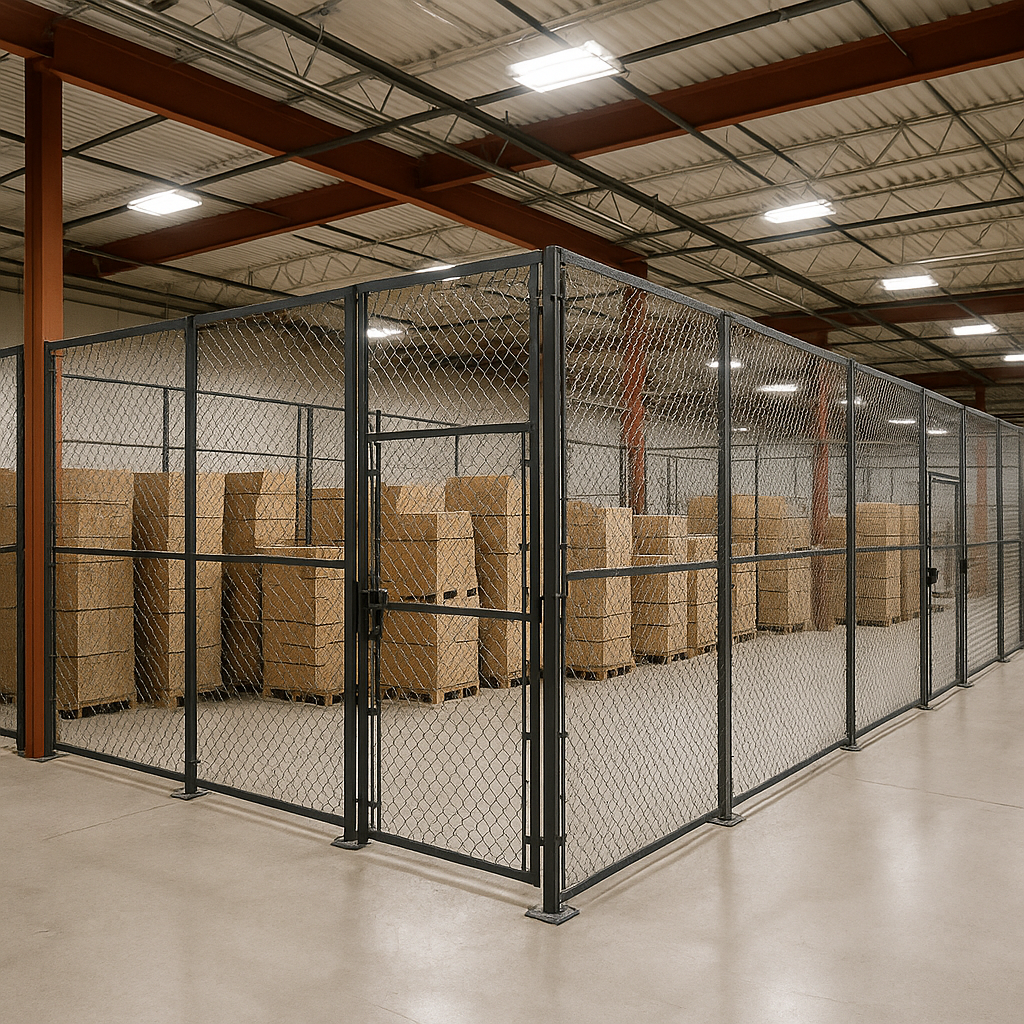In today’s fast-moving supply chain, adaptability is everything. Whether you’re launching a new product line, expanding into new markets, or just trying to keep up with increased demand, your warehouse needs the flexibility to grow and evolve alongside your business.
A static storage setup can become a bottleneck fast. That’s why smart businesses are turning to scalable storage solutions and modular warehouse systems that evolve with their needs—without constant reinvestment or layout overhauls.
Why Scalable Storage Matters
Growth is a good problem to have, but it comes with its challenges—especially in storage and inventory management. As your SKU count, shipment volume, or product mix increases, so does the complexity of your warehouse layout.
A well-planned warehouse design should accommodate:
- Increasing product variety and volume
- Changing inventory turnover rates
- Seasonal demand fluctuations
- Workflow adjustments and technology upgrades
Core Components of a Scalable Warehouse Storage System
🧱 1. Modular Pallet Racking Systems
Pallet racking is the backbone of any warehouse. When designed with scalability in mind, racking systems can adapt to changing storage needs without expensive demolition or replacement.
Scalable features include:
- Adjustable beam levels for different pallet heights
- Expandable bays to add more storage without reconfiguring the entire system
- Compatibility with accessories like wire decking, dividers, and safety guards
Tip: Choose racking that matches your forklift type and aisle width to ensure long-term compatibility.
📦 2. Flexible Shelving and Bin Storage
As your SKU count grows—especially with small parts or eCommerce inventory—modular shelving and bin systems let you adapt quickly.
Look for:
- Stackable and mobile units
- Adjustable shelf heights
- Color-coded bins for improved pick accuracy
- Integration with vertical lift modules or pick towers as you scale
These systems are especially useful for maintenance parts rooms, fulfillment zones, or backroom storage.
🚚 3. Mobile Workstations and Carts
Support fast-moving operations with mobile workstations, pack-out tables, and picking carts that can be rearranged as workflow demands change. This is an often-overlooked but critical part of a truly modular warehouse system.
🔧 4. Equipment that Scales with You
It’s not just about racks and shelves—your material handling equipment needs to scale too.
Choose tools that support your growth without needing a full replacement down the line, such as:
- Electric pallet jacks and reach trucks with higher lift capacities
- Scalable conveyor systems
- Inventory management tools that integrate with new layouts
Planning for Scalability: Questions to Ask
When designing a scalable warehouse, consider:
- What does your product mix look like today—and what might it look like in 2 years?
- How much of your space is used for picking vs. bulk storage?
- Can your racking be easily adjusted or expanded?
- Are your pathways and aisle widths flexible for automation down the road?
- Is your current system future-proof for growth in tech, volume, or layout?
How WT Hight Helps You Scale with Confidence
At WT Hight, we specialize in building warehouse storage systems that don’t just work for today—but grow with your business. We’ll help you:
- Assess your existing space and inventory needs
- Design a layout that balances storage, movement, and picking efficiency
- Source high-quality, modular racking, shelving, and equipment
- Create scalable workflows that support seasonal or long-term growth
Whether you’re expanding into a new building or retrofitting an existing space, our team delivers solutions that future-proof your operations.
Final Thoughts
Scalability isn’t about doing everything at once—it’s about building the right foundation to adapt as you grow. With the right modular warehouse systems and thoughtful warehouse design, you can scale smarter—not harder.








